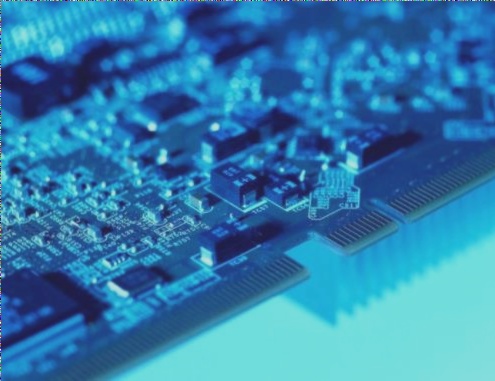Three Advanced Routing Techniques in PCB Board Design and Layout
The importance of PCB board design and wiring directly affects system performance, validated by high-speed design theories through layout, highlighting the critical role of wiring in high-speed PCB design. An analysis of encountered situations in actual wiring proposes optimized routing strategies focusing on right-angle, differential, and serpentine routing.
Three Advanced Routing Techniques in PCB Board Design and Layout Read More »





